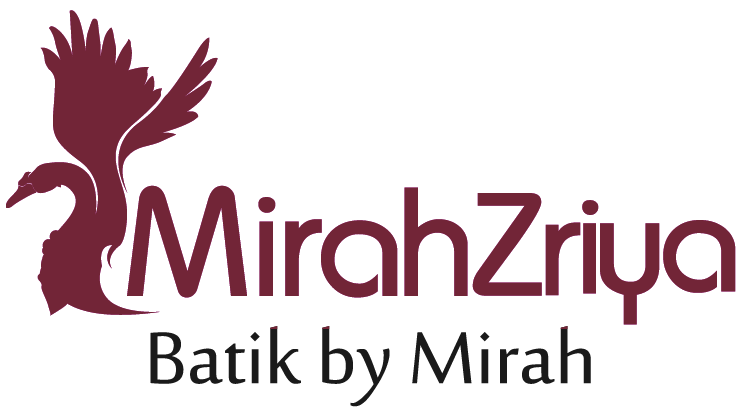The History of Batik
The word “batik” is Indonesian-Malay in origin and it means “to dot.” Similar processes of dye resistant designs have been traced to Egypt and the Middle East–about 1500 years ago–but the current process for batik originated in Indonesia. There, batik making has evolved to become one of the greatest art forms of Asia. This ancient technique involves using a wajan–similar in shape to a wok–for melting wax, and a canting, a wooden-handled tool with a metal tip for applying wax to create the design.
Some traditional batik designs were used exclusively by the royal courts. Over the years, batik designs were influenced by trade as East Indian, Dutch and Japanese travelers began settling in Indonesia. The Dutch brought Indonesian craftsmen to teach the craft to Dutch warpers in several factories in Holland in the 1830s. For the modern day process, a copper cap (chop) or stamp was created in order to improve production. This cap is dipped in wax and stamped on the design. Then the fabric is dyed, often numerous times to achieve the desired effect. Fabric can also be crumpled by hand before dyeing, to achieve a textured look. The fabric is often dried outdoors, where the dyes react to the heat of the sun and become increasingly vibrant. In the final process, wax is melted away when the fabric is immersed in a vat of hot water.


